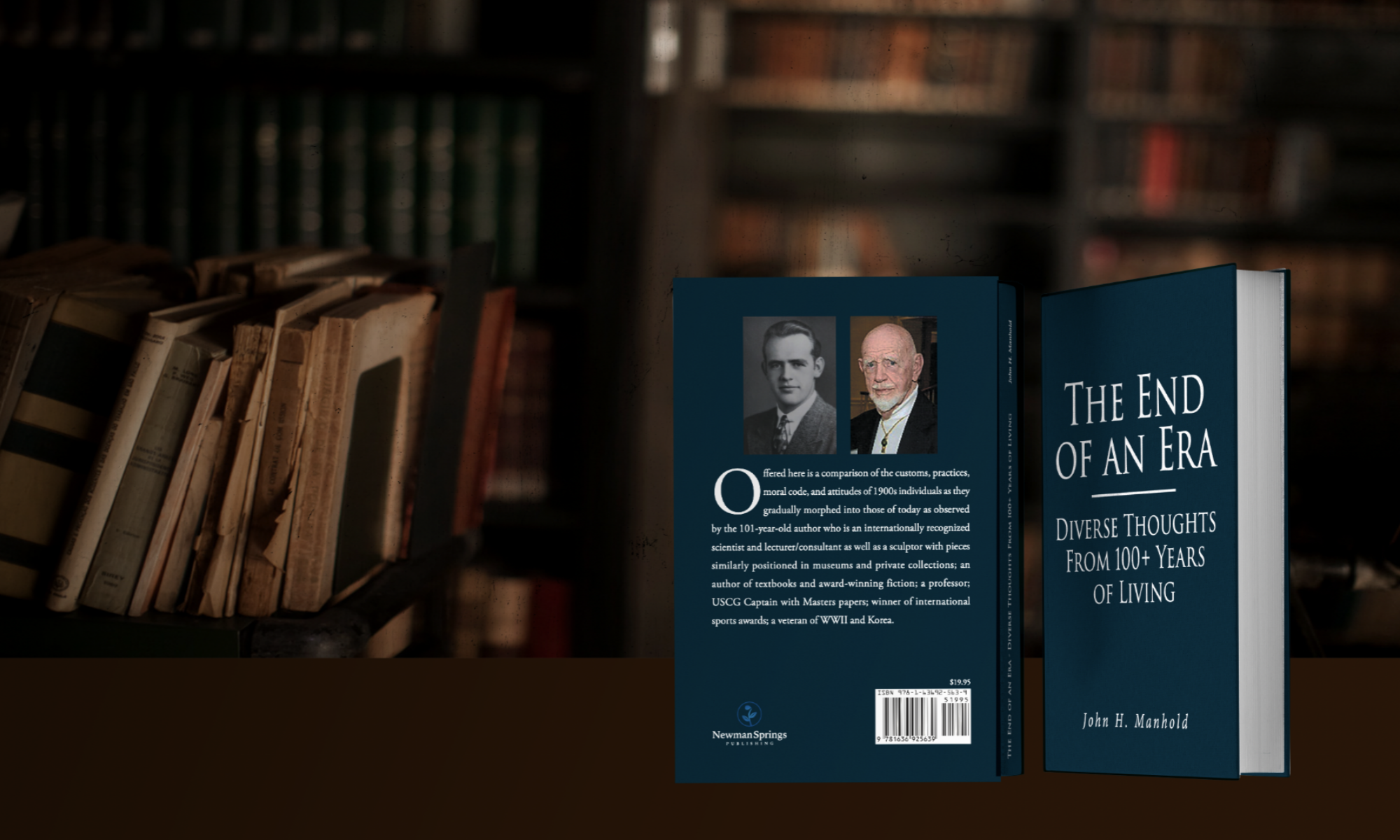Captain’s Logbook ISBN: 9781637350164 Leaders Press copyright and written by John De Silva.
Subtitled “Escaping Nine to Five for 24/7” the story recounts a series of near disaster occurrences while he, as A World Qualified Master Mariner served as Captain in Command of one of the huge merchant vessels that sail the world’s oceans to supply the many items and supplies required by countries in their widely scattered areas. Most of the situations were the result of his leaving his home and family and well-paying managerial position in shipping in his home town, to be persuaded by an old friend (another shipping company’s manager) to return to sea. Granted, it is a constant call with which any and all true lovers of the sea constantly live. However, in this particular situation, the ‘friend’s’ mental attitude had greatly changed. Money and saving it for his company had become paramount. He neglected important basic ship maintenance requirements, as well as hiring properly trained and licensed personnel – matters with which the serving ship’s Commander was forced to attempt to handle, along with important crew members speaking different languages not necessarily compatible with each other’s all while continuing over a several thousand mile route including numerous countries. The author’s ability to survive safely he readily admits to be only by the Grace of God and his belief that his trials were resultant from his ignoring explicit direction he had received from God not to accept the assignment.
Discussion: This is a fascinating description of the shipping industry described by a very credible individual. De Silva was born in Sri Lanka, the post-independent era name of Cylon, moved through the various stages of arrival at the Master Mariner level. The description of details of large ship needs and management and those routines required in each port are especially interesting for individuals with interest in learning about ‘different’ ways of life. Perhaps particularly intriguing is the presentation with respect to the often mentioned ‘under-the-table’ payment expected by various port authorities, especially prevalent in many of the countries described. Certain readers may be somewhat disenchanted by the description of and further discussion pertaining to the training that developed the sincere, deep belief in God expressed by the author. But, it is not the least bit unusual. It is a sincere belief that exists in most seamen as well as almost every individual I know and have known whose life provides, or has provided, periods in which survival has depended upon some superior power.
5* Fascinating, especially if interested in individuals with ‘other than 9 to 5 jobs’.
